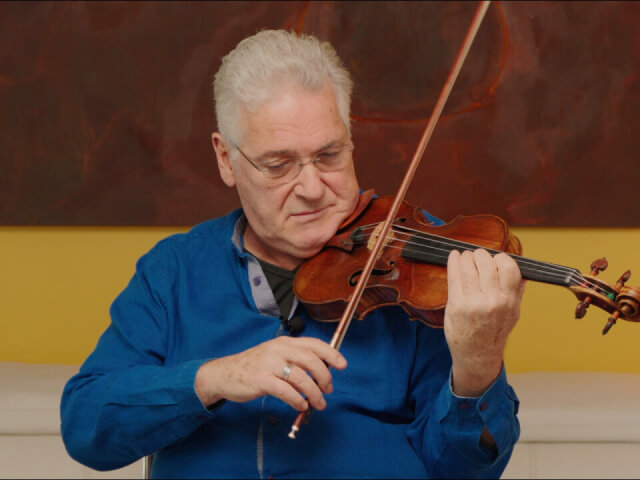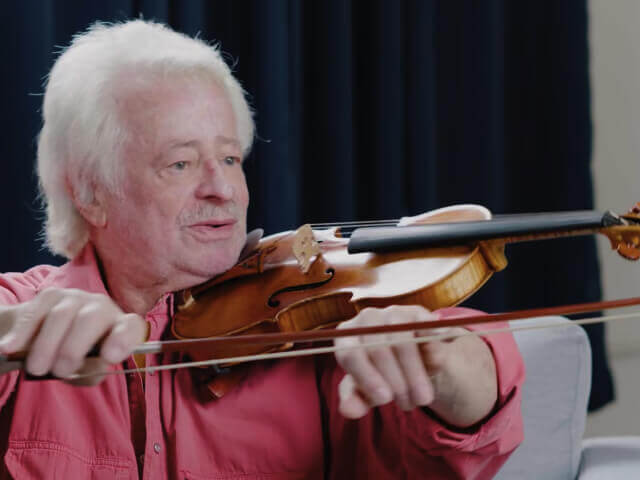Course Syllabus
<p id="">Introduction</p>
<p id="">Ilya Gringolts discusses the importance of looking at the original manuscript, talks about prominent recordings, and provides an overall structure of the sonata.</p>
<p id="">I. Adagio</p>
<p id="">The iconic opening of this movement leads us on a journey of harmonic discoveries. Gringolts explores how dissonances shape the music and create harmonic tension and release. He encourages us to explore freedom within the structure, utilizing timing and ornamentation to highlight cadences. In addition, Gringolts shares his advice regarding how to play chords, choosing fingerings and bowings, and exploring the manuscript to make informed musical decisions.</p>
<p id="">II. Fuga (Allegro)</p>
<p id="">In this lesson, Gringolts explores the structure, harmonic tension, and contrapuntal mastery of the Fuga. From the shaping of the subject at the movement's opening to the notated, free cadenza at the movement's conclusion, Gringolts approaches the movement with an inspiring musical conviction. He discusses playing chords with a baroque bow, using the bass line as a guide for a personal interpretation, and finding musical freedom within the technical challenges of the Fuga.</p>
<p id="">II. Fuga (Allegro)</p>
<p id="">In this lesson, Gringolts explores the structure, harmonic tension, and contrapuntal mastery of the Fuga. From the shaping of the subject at the movement's opening to the notated, free cadenza at the movement's conclusion, Gringolts approaches the movement with an inspiring musical conviction. He discusses playing chords with a baroque bow, using the bass line as a guide for a personal interpretation, and finding musical freedom within the technical challenges of the Fuga.</p>
<p id="">IV. Presto</p>
<p id="">Gringolts shares his advice on choosing tempo, bow stroke, and mapping the overall structure of the brilliant Presto. He discusses practice tips for pure intervals and coordination of the hands. Additionally, Gringolts discusses the polyphonic nature of the movement and the tradition of taking or not taking the repeat.</p>
Click here to download the course workbook PDF and see the full syllabus →


























